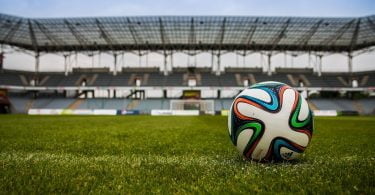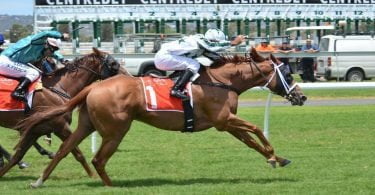For generations now, Brazilian football has been synonymous with its unmistakable flare and alluring attacking play.
For generations now, Brazilian football has been synonymous with its unmistakable flare and alluring attacking play. The joga bonito in which the Seleção boast has captured the eye of football lovers across the globe for many years, but on the brink of this summer’s World Cup in their homeland, the focus is no longer on attack, but defence.
The names remain as symbolic as ever: Pele, Carlos Alberto, Roberto Rivelinho – just a few of the players who won the showpiece tournament in 1970 with Brazil. In many ways, this team which eventually brushed aside Italy 4-1 in the final represents everything we’ve come to know about Brazilian football – great attacking ability.
It’s no secret that this 1970 side, which is arguably the greatest national team of all time, as well as future generations of players including the likes of Ronaldo, Ronaldinho and Kaka – each of which have picked up the World Player of the Year award in the past – have all been built from the front.
That’s not to say that defence has ever been much of an issue for the South American giants, but certainly in recent years from the 2011 Copa America onwards, attack has well and truly overshadowed the defensive side of Brazil’s game.
Safety guaranteed…
The future of the national side, despite much worry among fans 12 months ago due to their lowly world ranking, is very much in safe hands. Breakthrough superstar Neymar will feel as though he has the whole weight of a nation sitting on his shoulders come June 12, while Premier League trio Oscar, Ramires and Paulinho will all have their part to play from the middle of the park.
It’s in defence, however, where Brazil particularly specialise this time around. Captain Thiago Silva has moulded himself into one of the sport’s finest players, first with AC Milan, before moving on to Paris Saint-Germain where he has continued his impressive form.
Marcelo, though not as strong attacking wise as he perhaps once was, offers Brazil width down the left, while on the opposite flank, fellow La Liga star Dani Alves continues to impress into his thirties.
…but with a debate
Alongside Silva in the heart of defence is Chelsea’s David Luiz, who will drop into a more familiar position having spent a large part of his career in English football playing as a defensive midfielder.
However, a strong defence is nothing without a solid goalkeeper, and the jury is still out on No.1 Julio Cesar. Following a frustrating spell at Queens Park Rangers, Cesar joined MLS side Toronto FC in January – a move many saw as the former Inter Milan stopper edges into semi-retirement.
Cesar does still have the quality to play at the highest level, though, as highlighted last summer when just three goals were conceded against Italy (twice), Spain, Japan and Mexico combined in the Confederations Cup.
The sheer-brilliance of Neymar should not be disregarded, but recent history shows that the team which goes on to lift the World Cup doesn’t necessarily score the most goals – as highlighted by Spain four years ago.
It would be unfair to suggest that Luis Felipe Scolari’s men are weak elsewhere, especially considering they swept aside all before them en route to the Confederations Cup last summer; but if they are to win the World Cup for a sixth time come July, then it will be a success built on defence rather than attack.
What do you think about the future of football in Brazil? Have your say in the comments section below.








